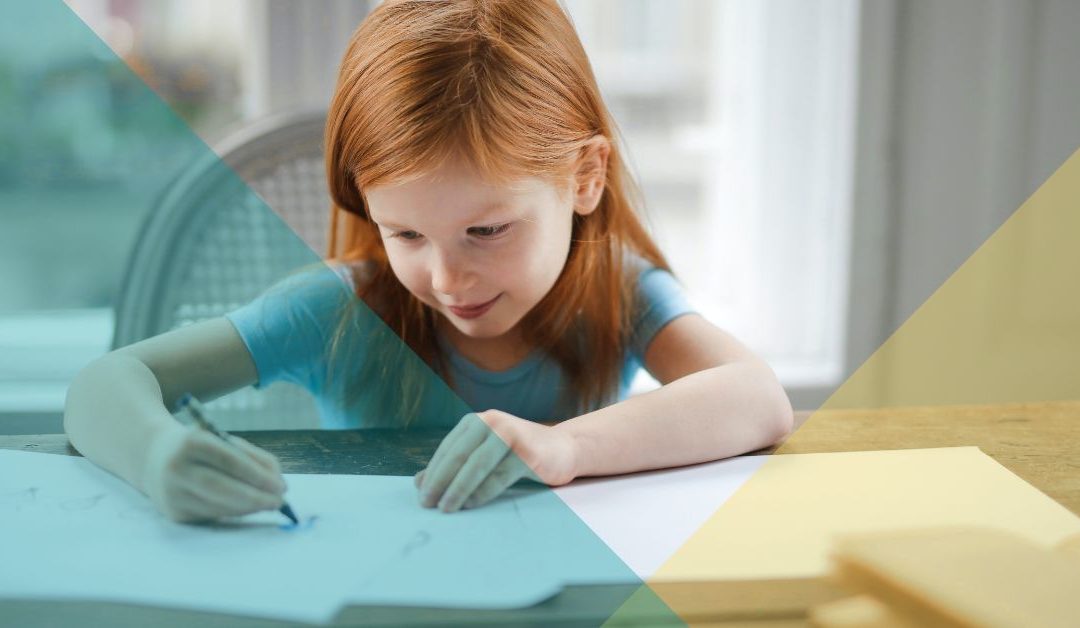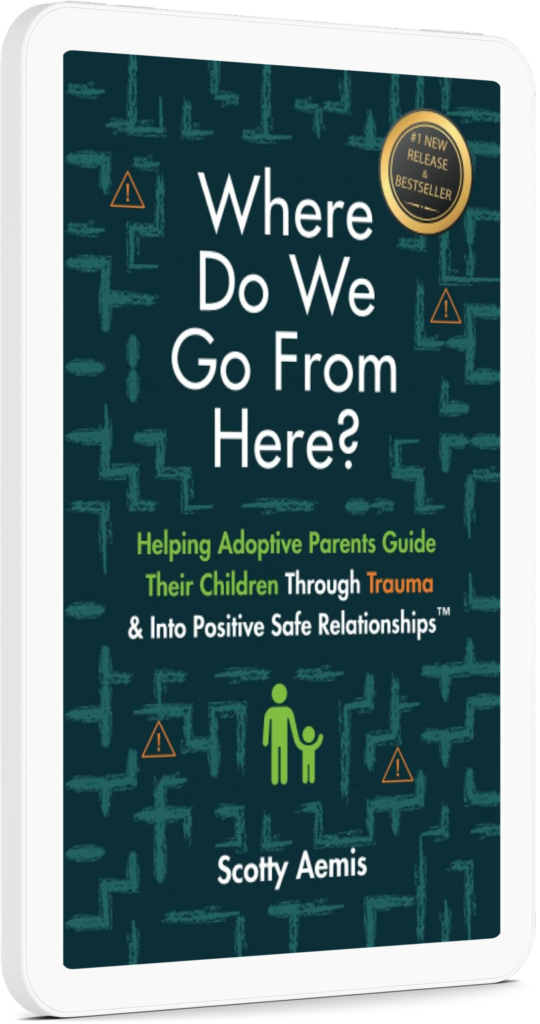How to Minimize Disruptive Behaviors in Students
When student behaviors disrupt your class, it can be difficult to know how to respond. However, there is science behind these disruptive behaviors and there are some interventions you can use to help the disruptive student, as well as the rest of your class.
The Science Behind Disruptive Behaviors
Students (and adults) never engage in disruptive (dysregulated) behaviors seemingly out of the blue. There is something that triggers these behaviors and these triggers, or stressors, are unique and often unknown even to the person experiencing them.
Essentially, something in the environment tells the person that they are unsafe. This causes their stress response system to engage and they become dysregulated, operating out of a different part of their brain. This fearful brain state is then observed by others through a display of what may be considered “disruptive behaviors.” These behaviors can include verbal outbursts, excessive movement, fleeing, or even being very withdrawn.
Now that you understand the basic science behind the link between triggers, dysregulation, and disruptive behaviors, let’s take a look at some examples and how you could intervene in these situations to support your students who are dysregulated.
Classroom Disruption
Scenario: You have a young girl in your class who suddenly becomes disruptive. She displays verbal outbursts and is moving excessively to the point where it becomes distracting to other students.
The Intervention: First, identify how the student’s body and brain are expressing dysregulation. Then provide similar ways for them to regulate that meet the same needs. In this case, fidgets, passing out papers, or going on a walk with an emotional support staff person may help meet those movement needs. Other ideas include a class movement-based brain break, such as movement and deep breathing exercises.
Counseling Disruption
Scenario: You meet with a male student weekly because he reportedly has a history of aggressive behavior. You just received a call from his teacher saying that he ran out of the classroom and is likely heading to your office. When he arrives, he is looking angry and is having difficulty regulating.
The Intervention: Give this student his space and eliminate eye contact or get on or below his level. Be prepared with regulatory items, such as cold water to drink (which forces our bodies to slow and breathe deeply), coloring pages, kinetic sand, or fidgets. As his breathing slows, let him lead you. You can try to enter the conversation, but when you do, focus on your relationship to the student, not their current situation. For example, you can talk about hobbies they enjoy. When they become more calm, regulated, and operating out of the cortex of the brain, you can then try engaging on what happened. Try to help the student understand his body and some tell-tale signs that show he is being triggered. Work together to make a plan for the next time he becomes dysregulated.
Final Thoughts
Supporting dysregulated students rather than punishing them for their “disruptive” behaviors helps your students learn to regulate on their own when something triggers them. Allowing students the space to learn this will help them grow into much more productive adults. By using brain-based activities, regulatory items, plus focusing on building relationships of trust between you and your students, you can help guide them in their journey toward healing.


